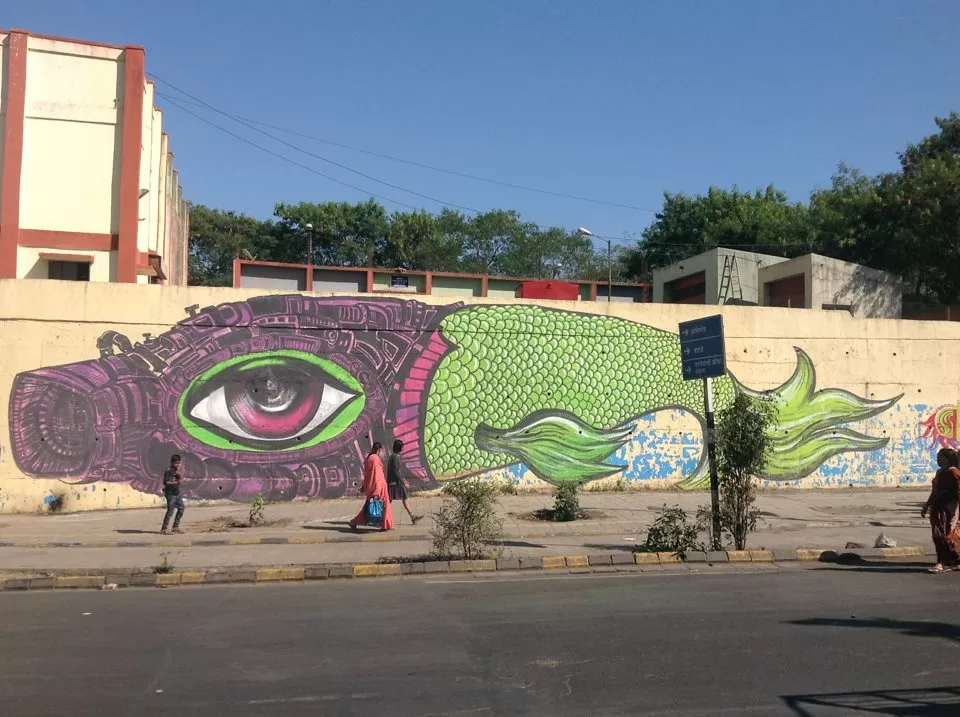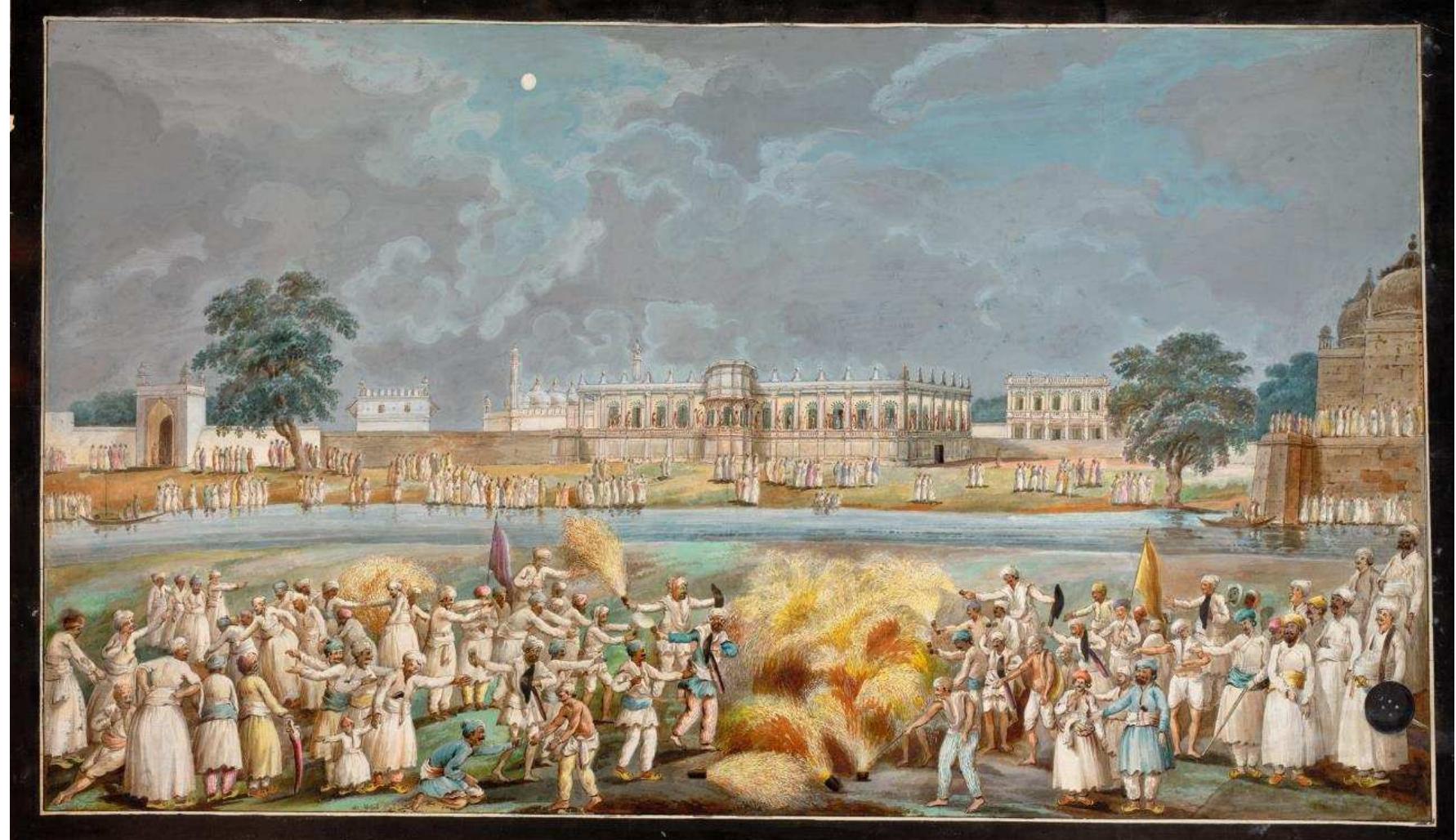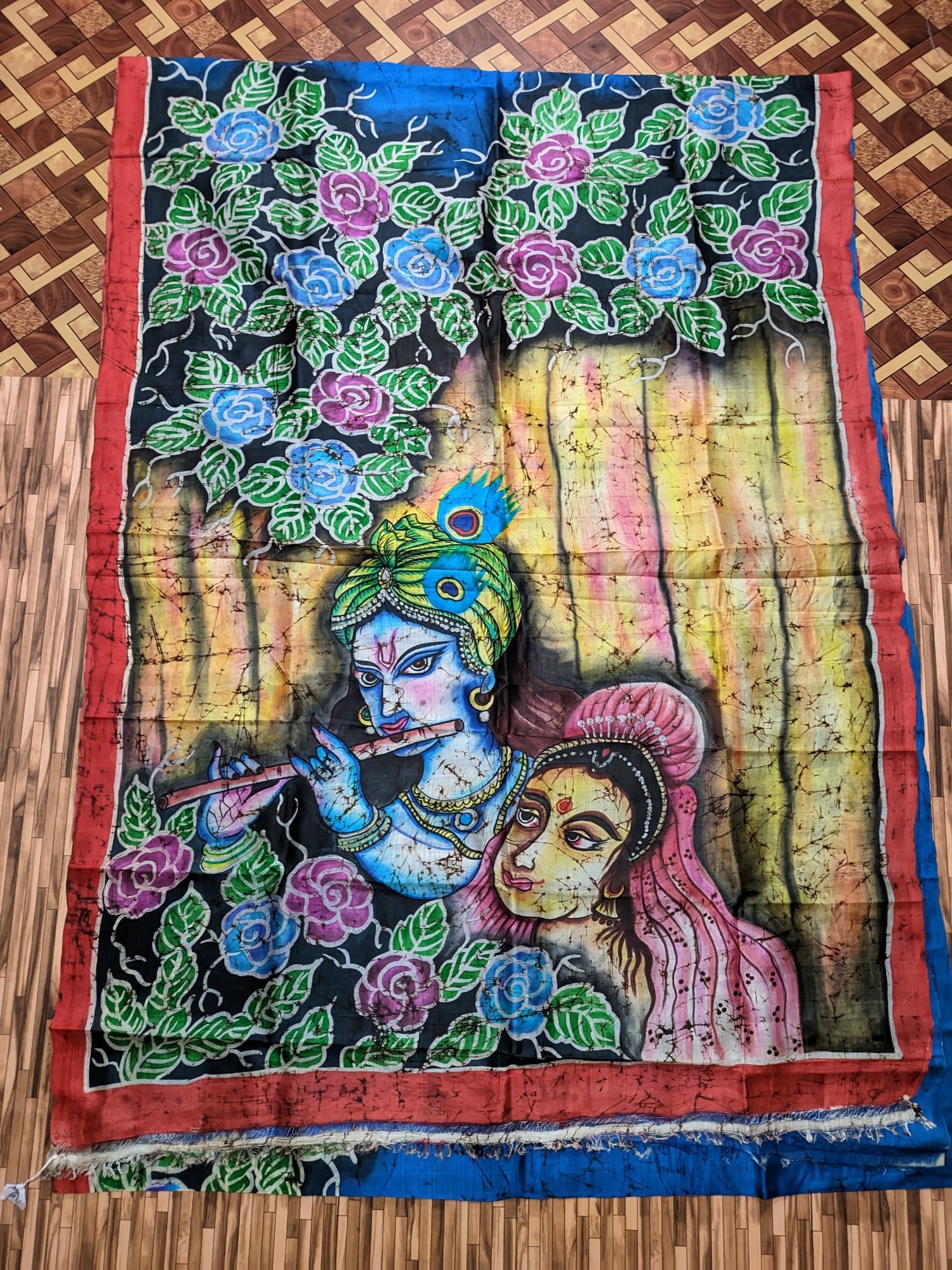
Menu

Street art isn’t limited to urban spaces. Across India’s villages and small towns, rural murals are bringing walls to life with stories of tradition, history, and daily life. These artworks don’t just decorate—they preserve.
In many villages, walls are painted during festivals or weddings. These aren’t random decorations—they’re folk expressions rooted in culture. But now, contemporary artists are revisiting these traditions, blending them with modern themes and techniques.
Madhubani in Bihar, Pithora in Gujarat, and Warli in Maharashtra are examples where rural wall art thrives. Today’s artists expand these forms—adding color, symbolism, and context. They paint scenes of farming, migration, water scarcity, or even digital life in rural settings.
What makes rural murals special is the involvement of the community. Locals often participate, share ideas, and help paint. This creates a shared sense of ownership and pride. The murals become mirrors of the village’s voice.
Some artists also use these murals as tools for awareness—painting about hygiene, education, or climate change in ways that are visual, simple, and relatable. This grassroots communication is more effective than printed posters or announcements.
Rural street art proves that powerful storytelling doesn’t need big cities. It just needs a wall, a brush, and a story worth telling.



